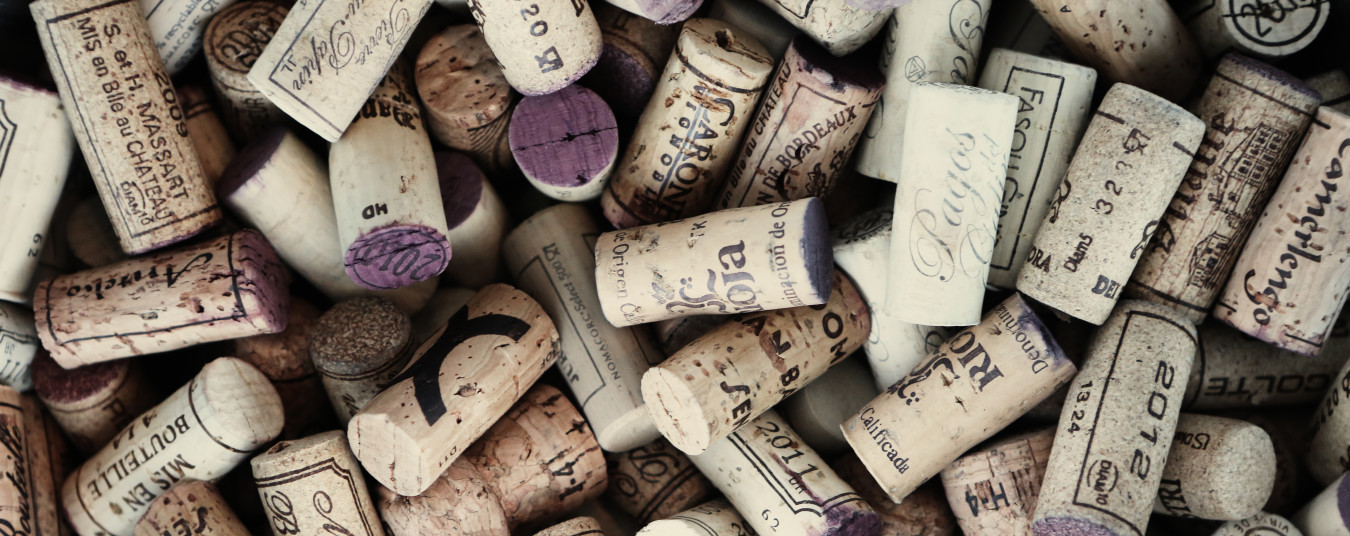The production and consumption of wines of Argentina goes back more than four hundred fifty years, when first “vitis vinifera” specimens were brought to America by the Spanish settlers at the beginning of the 16TH century.
When the city of Mendoza is founded , in 1561, and San Juan, in 1562, these places were strategic points by where entered vineyards from Chile to the Region of Cuyo, to spread to all the territory.
Around 1860 the first vines of Malbec grape arrived to Mendoza. Mendoza began to stand out as a wine producing area, and this was accentuated with the opening of the railway in 1885. The melting of the great Andean mountains takes advantage of an incredible network of pipe for irrigation drip. The height, the quantity of hours / Sun and the system of irrigation, along with the arrival of more advanced technology, make of Mendoza one of the wine regions of greater importance in the world.
Until then, the country internally consumed 90% of its production; i.e., you just exported. In 1970 is produced a change in the model focused in the production of large volumes of wine of low quality, directed to the market internal.
Between late 1980 and early 1990 began a new stage in Argentine viticulture. There were new national and foreign entrepreneurs, who oriented their industry to small productions of the highest quality, both for domestic consumption and for export.
Despite the increase in the quality of Argentine wine, in that country the domestic consumption has declined, mainly because there has been a change in the taste for the wine to the beer.

We find currently in the market excellent Argentine wines. Red wines usually have much body and alcohol. Argentina whites and rosés are consumed in much less than the reds.
In the following graphic we can see the importance of Argentina in the production of wine:

This weekend we tasted very good Argentine wines:
Finca La Linda Torrontés 2012
Cafayate/Salta
The Winery is not so known by his surname as in other cases, but, if we say Luigi Bosca, we recognize wines of great quality.
Finca La Linda is more accessible line that produced this 100% Torrontes is one of 14 members of the winery
It is not well known from where comes the strain Torrontés, since, although it exists in Spain, argentina does not resemble the Spanish. This today was born in a vineyard of Cafayate Salta, there arise the best and more aromatic wines, due to the climatic singularity of northern Argentina.
And we confirm it with a fragrance of floral and sweet, type reminiscent of the rose or geranium, with some discreet of lavender.
Alfa Crux 2003
Uco Valley, Mendoza
Alfa Crux is a blend of 60% Tempranillo, 35% Malbec and 5% Merlot.
With the use of modern technology and the local and international experience, the Spanish family Ortega Gil-Fournier aims to produce wines of the highest quality. The grapes are planted in Rocky, sandy soil at an altitude of 1,200 meters.
The wine is modern, but not too flashy, style with mocha and spicy notes that melt quickly in the fruit of BlackBerry and Raspberry. Long and lush flavor, with hints of vanilla and incense notes.
Yacochuya 2006
Michel Rolland
Cafayate/Salta
In 1988, Dany and Michel Rolland discovered Cafayate, paradise of the viticulture in the Northwest of Argentina.
These French wine experts were convinced that the unique and exceptional wines could be produced in this mountainous context of the pre-cordillera.
Attracted by the remarkable potential of an old Malbec vineyard, Dany and Michel decided then, with their Argentine friends, develop with all their passion and knowledge wine Yacochuya, 100% Malbec.
Color: Garnet, with a hint of amber.
Nose: aromas of dried figs, raisins and tobacco; all very complex, with a touch of minerality.
Palate: balanced, with a soft frame and an elegant material; black fruit confit with licorice, a freshness that lasts until the end. An intense and deep wine.
Malamado
MALAMADO Malbec is the first fortified wine of Argentina. It is a sweet wine, rich in alcohol, ideal to accompany pure chocolate, as also desserts where chocolate is the main protagonist. Also House very well with desserts with dried fruit, figs, quinces and of course with blue cheeses.
It is a sweet wine (120 g of residual sugar), whom the artist Jorge Suschein rightly baptized as Malamado, using the letters of his description: “malbec in the manner of Porto”. And that is, they are malbec grapes harvested late, one month later than those for varietal wines, when they acquire a high sugar content and are vinified in a similar way to the prestigious Portuguese ports. For this purpose it fortifies it is with spirit of musts to 19 degrees and then let it mature patiently in old French oak barrels for 24 months.
Its color is an intense, bright, red with some reflections color tile edges indicating their age. Aromas of great complexity and intensity, have nothing to envy to the port. Outstanding notes of plums, cherries, sweet cherries and chocolate. In the mouth, it is delicious. His spirit not assaults, helps increase the volume that fills all the oral cavity kindly. Velvety and pleasant, it is ideal for the desktop.
Wine in Argentina

